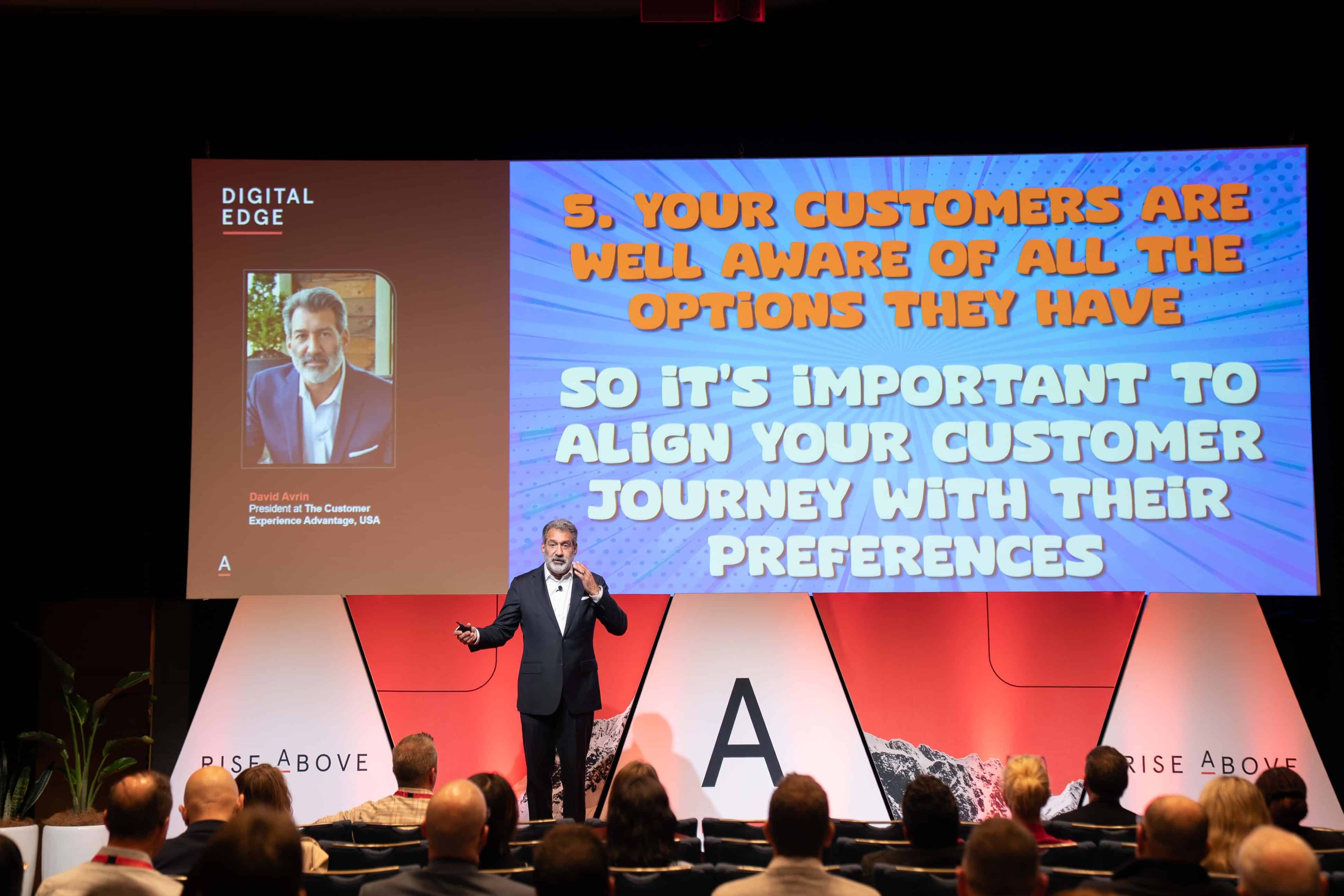Organisations may be migrating to hybrid cloud, but infrastructure leaders must continue driving the maintenance of their own compute, network, storage footprint whilst creating an overarching cloud strategy for best practice operational IT models.
To enable resilient workloads across hybrid environments, infrastructure leaders must architect an interconnected and agile digital infrastructure.
As one of the technology leaders in the NSW Government, Simon Geraghty is no stranger to the importance of balancing cloud agility with modernisations.
In this ADAPT’s CCDC Edge event, he outlines NSW Government’s Cloud Strategy and Policy outcomes, GovDC’s hybrid ecosystem, and their iterations towards hyperscale operations.
To unlock the full keynote video and access an entire catalogue of ADAPT’s expert presentations, localised research, case studies, downloadable data and community interviews, speak with a Senior Research Consultant today.
Transcription:
I’d like to talk about the cloud journey that New South Wales Government is on, how we got where we are today, what it’s like now and where we’re heading.
The government has significantly evolved IT service offerings over the last decade through the introduction of the government data centres.
As we fondly know, the GovDC development of the private cloud marketplace and introduction of mechanisms to support access to public cloud services.
In parallel, agencies have been increasing their consumption of public cloud services to support responsive delivery of innovative and scalable services to the citizens of New South Wales.
For example, digital drivers’ licenses, border permits and venue registrations could not have happened so quickly last year without cloud capabilities.”
The demand for government services to meet citizen needs continues to drive a large range of agency IT use cases which must balance maintenance of legacy platforms with investment in more responsive contemporary services to better address those needs.
The government is making the strategic shift to cloud consumption, using public cloud services.
For example, Family and Community Services (now part of the Department of Communities and Justice) replaced a very old and impossible to upgrade Siebel platform on premise running their child protection system with a modern Salesforce SaaS implementation of ChildStory.”
The government launched its new Cloud Strategy and Policy in October 2020. It’s an ambitious strategy developed in collaboration with all government clusters.

My colleagues are here today to bring real world relevance to how agencies are consuming and planning to consume cloud services into the future.
The cloud policy combines the previous cloud and data centre policies to promote secure, efficient and financially sound consumption of public and private cloud services.
The following cloud services are available to New South Wales government agencies: public cloud services operated by third party cloud service providers, private cloud services through D.C. managed and operated data centres and dedicated networking interconnected between private and public cloud services.
The policy is a public cloud-first policy, meaning agencies must make use of public cloud services as the default.
Where public cloud services are not suitable for agency requirements, private cloud services through GovDC may be used. Where these services are not suitable, other private cloud services can be used, but by exception.
You might think this means agencies can only put workload AWS, Azure or Google. Not so, there are other providers of public cloud, including sovereign vendors. There are also existing cloud services currently in use within GovDC.
Clusters are required to have their own aligned to cloud strategy by June 2021.
The goals set out in the policy include that by 2023, agencies are using public cloud for a minimum of 25% of their workload.”
Less than 5% of major investments require an exception from the policy and a 25% reduction on IT capital expenditure. We’re confident this is achievable but recognise that it will require focus to achieve these goals.
The Cloud Policy and Strategy provide direction and guidance to enable agencies to achieve the following outcomes:
- Adhering to the policy and strategy, direction and guidance will ensure agency assets and data are secured
- Agencies receive common direction in the consumption of cloud services, allowing them to make consistent usage of services
- The policy guides agencies in consuming cloud services to modernise their I.T. and digital service delivery
- It enables modernisation through alignment to updated business processes for procurement, security and consumption of cloud services.
- By defining and guiding the usage of hybrid cloud, the policy and strategy ensure alignment of cloud service consumption across New South Wales government in accordance with government, strategic objectives and the priorities of the beyond digital strategy
- Agencies are enabled to consume new cloud capabilities such as artificial intelligence, machine learning and data analytics. By leveraging cloud services agencies will be able to keep up with technologies released by industry without having to build and maintain each capability themselves
- Agencies will contribute to optimising commercial outcomes. By using strategic partnerships with public cloud service providers, using whole of government agreements and purchasing arrangements that have been established and referred to in the strategy and policy.
So where are we now? The government data centre reform program started in 2012 has been an outstanding success.
T he partnership with Metronode, now owned by Equinix, to build two government data centres in Silverwater and Unanderra in 2012, was the foundation of a transformation of the level of service that agencies provide to patients, students, travellers and the citizens of New South Wales.
To unlock the full keynote video and access an entire catalogue of ADAPT’s expert presentations, localised research, case studies, downloadable data and community interviews, speak with a Senior Research Consultant today.



























